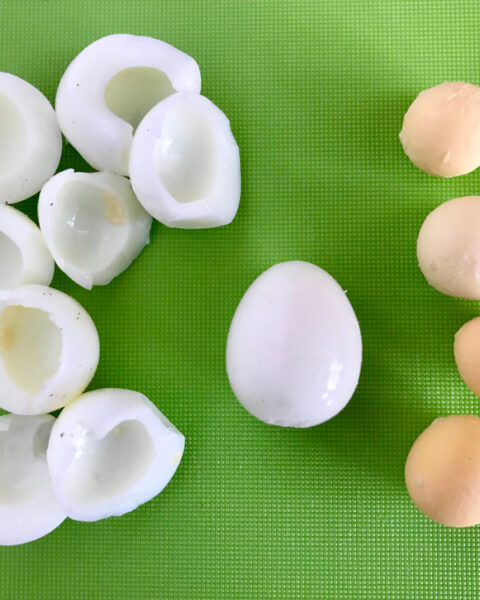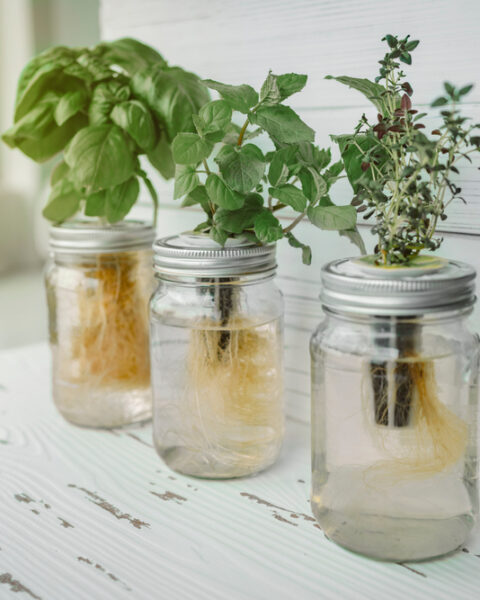Roasting a turkey to perfection doesn’t have to feel like an overwhelming task. With just a few handy tips, you can get that juicy, golden bird that’s sure to impress everyone at the table. From picking the right size to knowing when to start basting, each step plays a part in creating a turkey that’s moist, flavorful, and worth the effort. There’s a lot to think about, but with some careful planning, your roasted turkey will turn out beautifully. Here’s your guide to making the process as smooth and successful as possible.
Contents
- 1 Choose the Right Size Turkey
- 2 Thaw the Turkey Properly
- 3 Brine for Moisture and Flavor
- 4 Bring to Room Temperature Before Roasting
- 5 Use a Meat Thermometer
- 6 Season Under the Skin
- 7 Stuff the Cavity with Aromatics
- 8 Truss the Turkey
- 9 Roast on a Rack
- 10 Start with High Heat, Then Lower
- 11 Baste Sparingly
- 12 Shield the Breast with Foil
- 13 Let the Turkey Rest
- 14 Carve Properly
- 15 Save the Drippings
- 16 Avoid Overstuffing
- 17 More From RetailShout
- 18 Target’s 17 Best Holiday Decor Pieces to Shop in 2024
- 19 18 Whole Grains You Should Incorporate Into Your Meals
Choose the Right Size Turkey

Selecting an appropriately sized turkey is crucial for even cooking. Plan for approximately 1 to 1.5 pounds of turkey per guest to ensure ample servings and leftovers. Smaller turkeys (under 16 pounds) tend to cook more evenly and remain juicier. If serving a large group, consider roasting two smaller birds instead of one large one. This approach helps maintain quality and simplifies handling.
Thaw the Turkey Properly
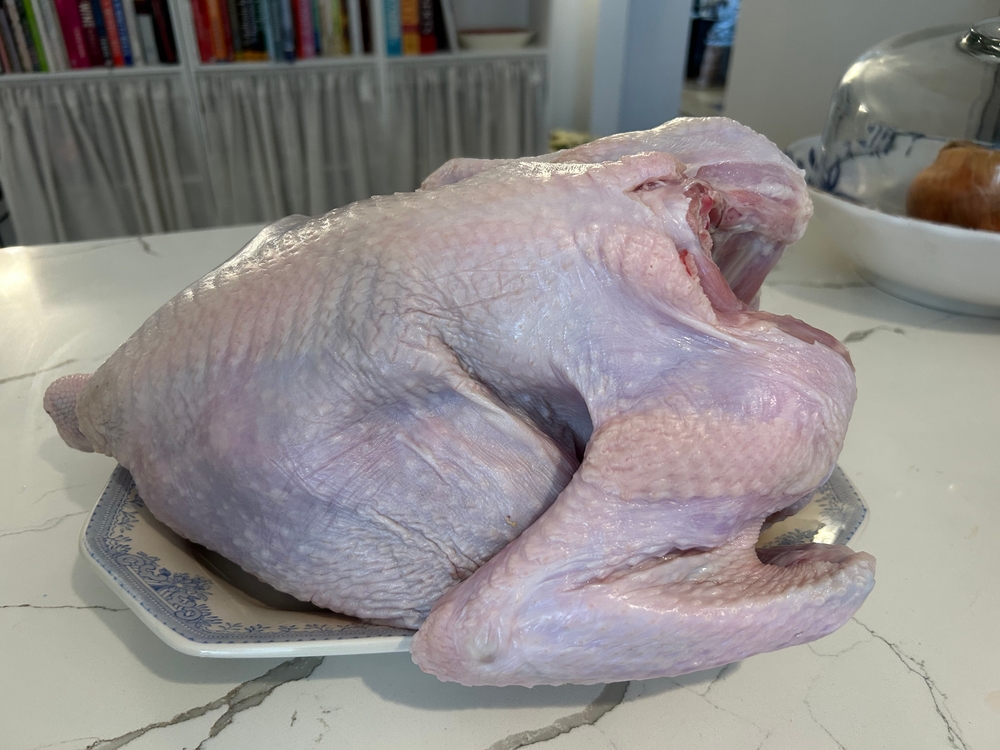
Proper thawing is essential for food safety and even cooking. Thaw the turkey in the refrigerator, allowing 24 hours for every 4 to 5 pounds. For example, a 12-pound turkey requires about three days to thaw completely. Avoid thawing at room temperature to prevent bacterial growth. If time is limited, use the cold water method, changing the water every 30 minutes.
Brine for Moisture and Flavor
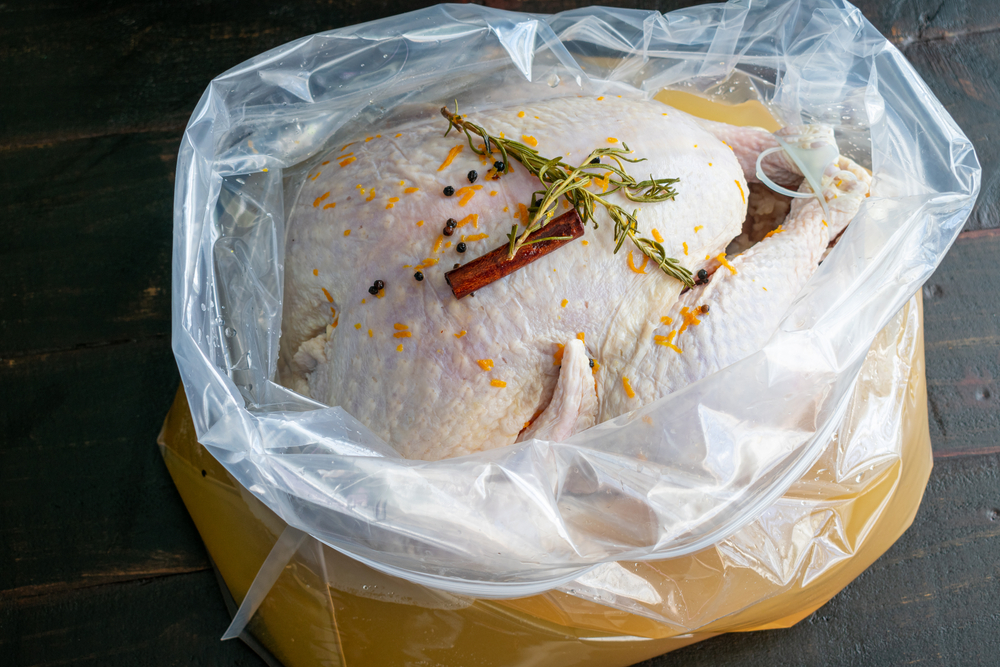
Brining enhances the turkey’s moisture and flavor. A wet brine involves soaking the turkey in a saltwater solution, often with added herbs and spices, for 8 to 24 hours. Alternatively, a dry brine entails rubbing the turkey with a salt mixture and refrigerating it uncovered for 24 to 72 hours. Both methods help the meat retain moisture during roasting, resulting in a juicier turkey.
Bring to Room Temperature Before Roasting
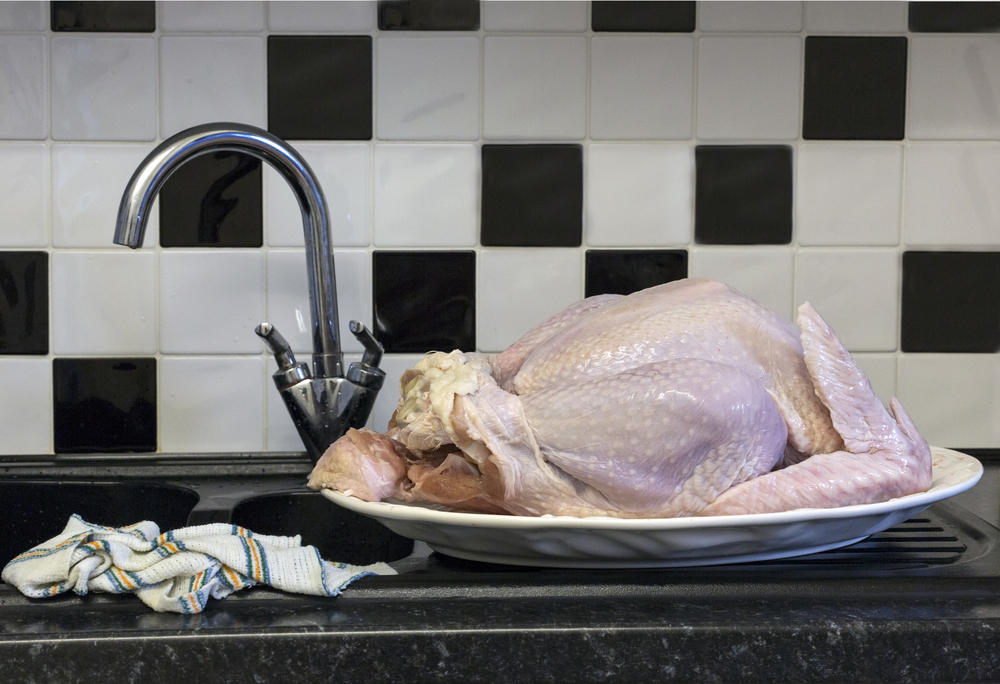
Allowing the turkey to sit at room temperature for about an hour before roasting promotes even cooking. Placing a cold turkey directly into the oven can lead to uneven cooking, with the exterior overcooking before the interior reaches the proper temperature. This step ensures that the turkey cooks uniformly, yielding a tender and juicy result.
Use a Meat Thermometer
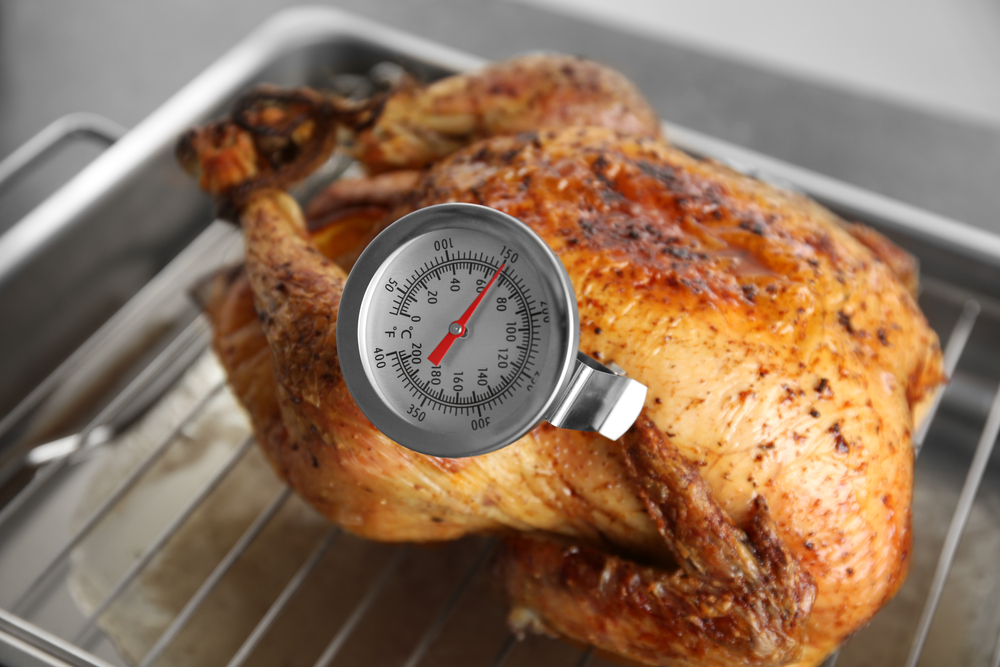
A meat thermometer is indispensable for ensuring the turkey is cooked to a safe internal temperature. Insert the thermometer into the thickest part of the thigh, avoiding the bone, to check for doneness. The turkey is ready when it reaches 165°F (74°C). Relying on a thermometer prevents overcooking and ensures the meat is safe to eat.
Season Under the Skin
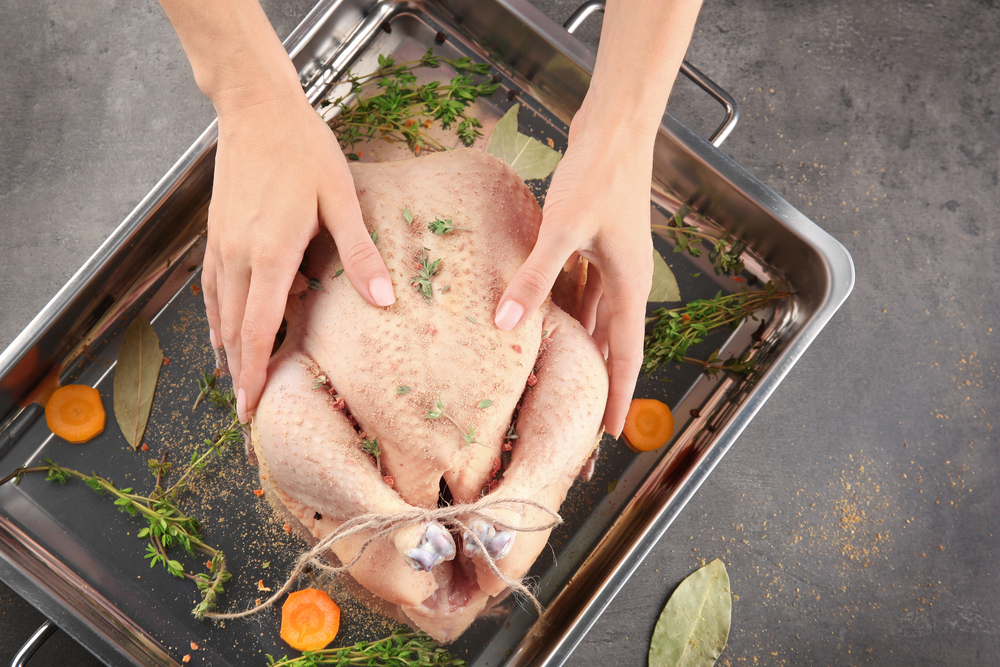
Applying seasoning under the turkey’s skin allows flavors to penetrate the meat more effectively. Gently separate the skin from the breast and thighs, being careful not to tear it. Spread a mixture of butter, herbs, and spices directly onto the meat beneath the skin. This technique enhances flavor and helps keep the meat moist during roasting.
Stuff the Cavity with Aromatics
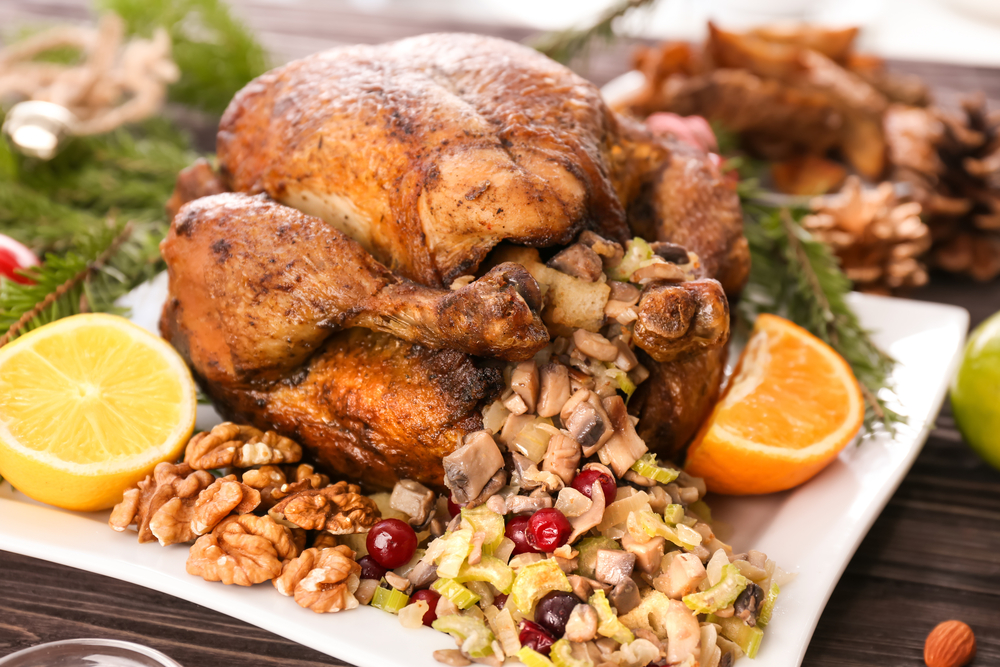
Filling the turkey’s cavity with aromatics like onions, garlic, citrus fruits, and fresh herbs infuses the meat with subtle flavors. These ingredients release their aromas during roasting, enhancing the overall taste of the turkey. Avoid overstuffing to ensure proper air circulation and even cooking. This method adds depth to the turkey’s flavor profile without overpowering it.
Truss the Turkey
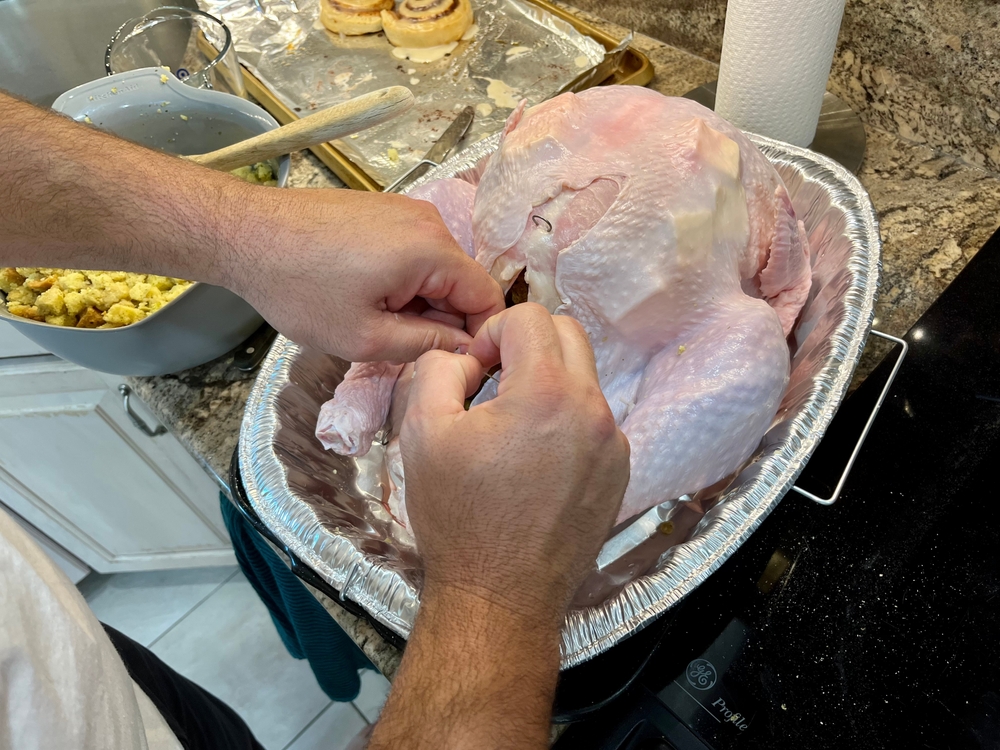
Trussing involves tying the turkey’s legs and wings close to the body to promote even cooking. This technique helps the turkey maintain its shape and prevents the extremities from overcooking. Use kitchen twine to secure the legs and tuck the wings under the body. Proper trussing ensures a uniformly cooked and aesthetically pleasing turkey.
Roast on a Rack
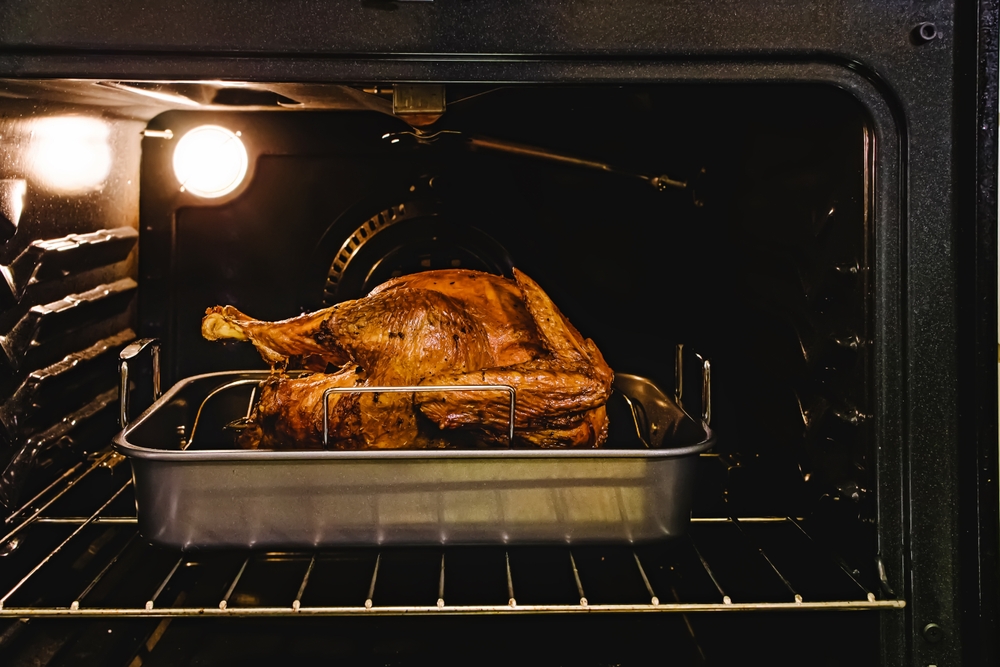
Placing the turkey on a roasting rack elevates it above the pan, allowing heat to circulate evenly around the bird. This setup promotes even cooking and helps the skin become crispy. Additionally, it prevents the turkey from sitting in its juices, which can lead to soggy skin. A rack also facilitates the collection of drippings for gravy.
Start with High Heat, Then Lower
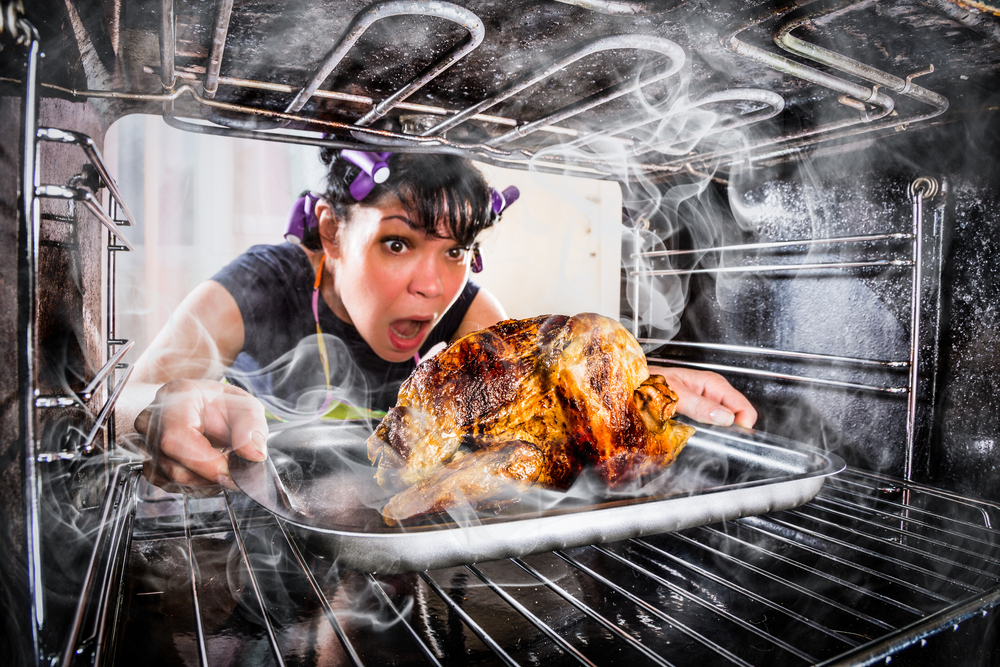
Beginning the roasting process at a higher temperature (around 450°F or 232°C) for the first 30 minutes helps to brown the skin. After this initial period, reduce the oven temperature to 325°F (163°C) for the remainder of the cooking time. This method ensures a crispy exterior while allowing the interior to cook gently and evenly. Adjust cooking times based on the turkey’s weight.
Baste Sparingly
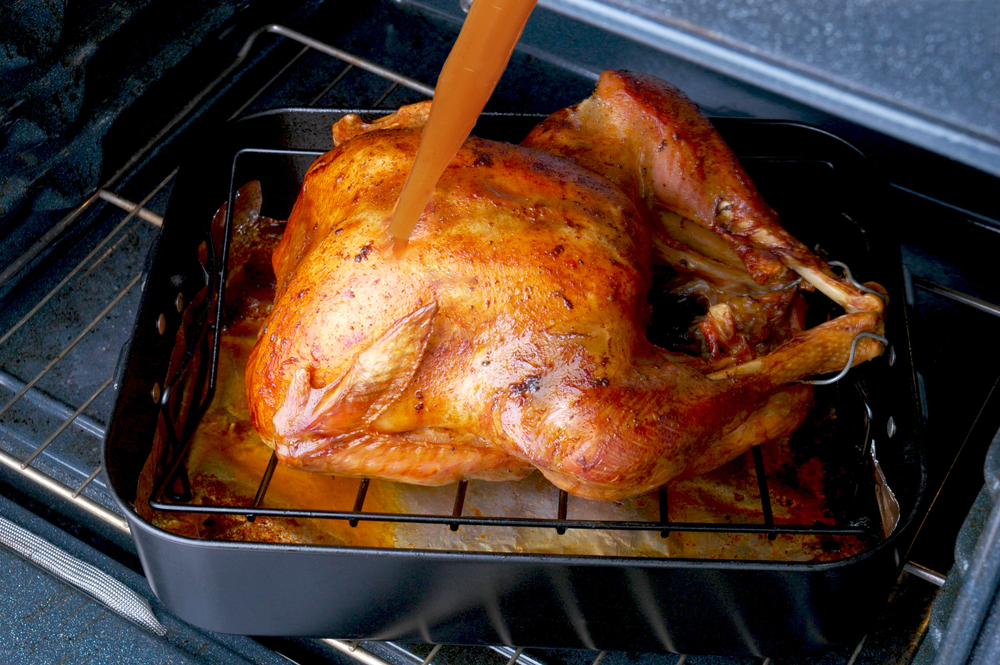
While basting can add flavor, opening the oven frequently causes temperature fluctuations, leading to uneven cooking. Basting every 30 to 45 minutes is sufficient to keep the meat moist without significantly affecting the oven temperature. Alternatively, applying a butter mixture under the skin before roasting can help maintain moisture without the need for frequent basting.
Shield the Breast with Foil
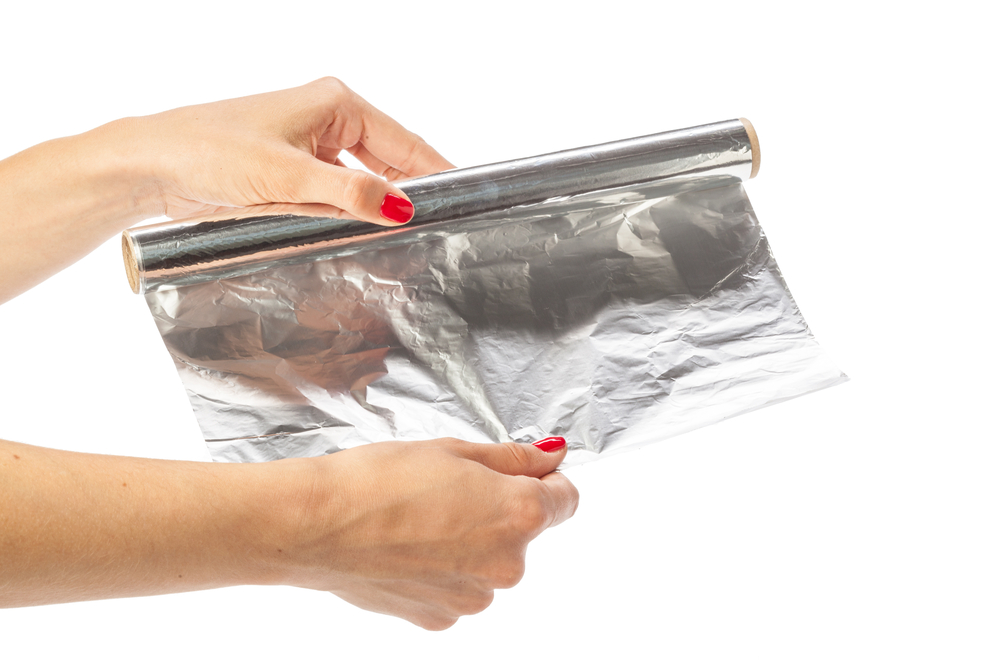
The breast meat cooks faster than the dark meat and can dry out if overcooked. To prevent this, cover the breast with a piece of aluminum foil after it has browned to your liking. This shield slows down the cooking of the breast, allowing the thighs and legs to reach the proper temperature without overcooking the white meat. This technique helps achieve a uniformly cooked turkey.
Let the Turkey Rest
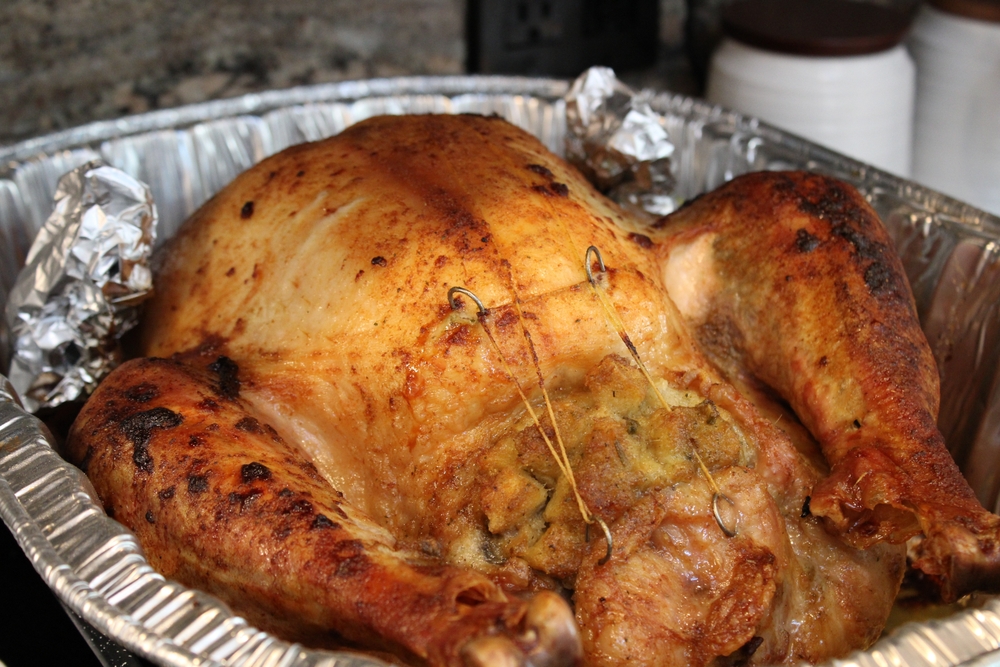
Allowing the turkey to rest for at least 20 to 30 minutes after roasting is essential. Allowing the turkey to rest for at least 20 to 30 minutes after roasting is essential. This resting period allows the juices to redistribute throughout the meat, resulting in a moister and more flavorful turkey. Cover the turkey loosely with aluminum foil to keep it warm during this time. Carving the turkey immediately after roasting can cause the juices to escape, leading to drier meat. Patience during this step ensures a more succulent final product.
Carve Properly
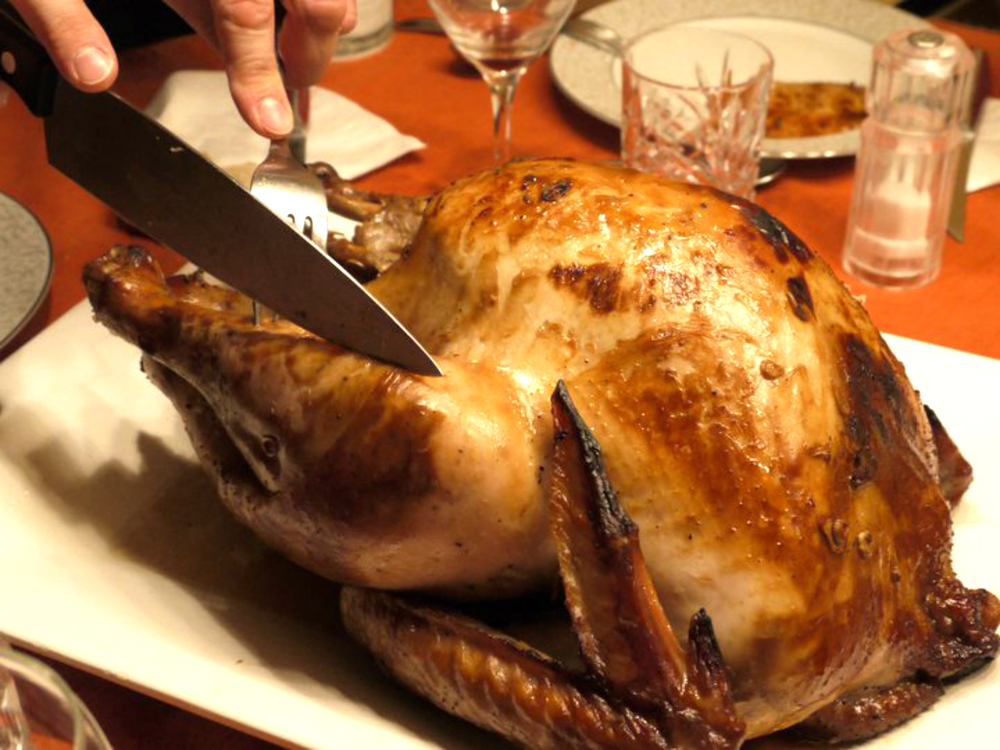
Proper carving techniques ensure that each slice of turkey is tender and presentable. Begin by removing the legs and thighs, then the wings, and finally the breast meat. Slice against the grain to maintain the meat’s tenderness. Using a sharp carving knife and a steady hand will yield the best results. Taking the time to carve correctly enhances both the texture and appearance of the servings.
Save the Drippings
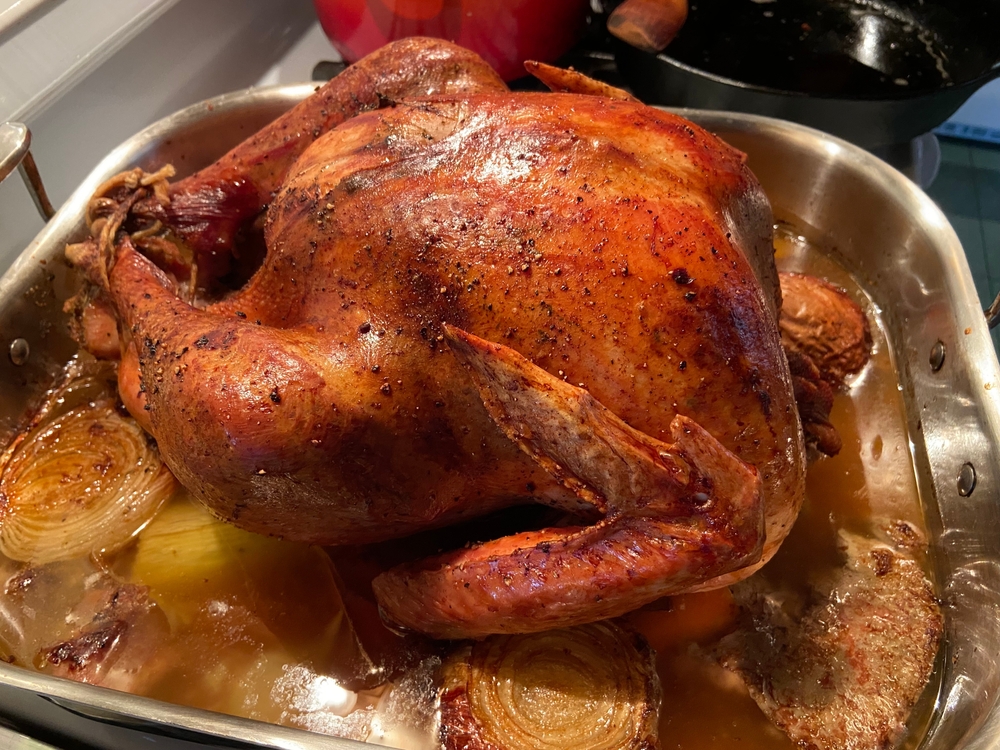
The drippings collected in the roasting pan are rich in flavor and serve as the perfect base for gravy. After roasting, pour the drippings into a separator to remove excess fat. Use the remaining liquid to create a savory gravy that complements the turkey. Incorporating these drippings adds depth and authenticity to your gravy, enhancing the overall meal.
Avoid Overstuffing
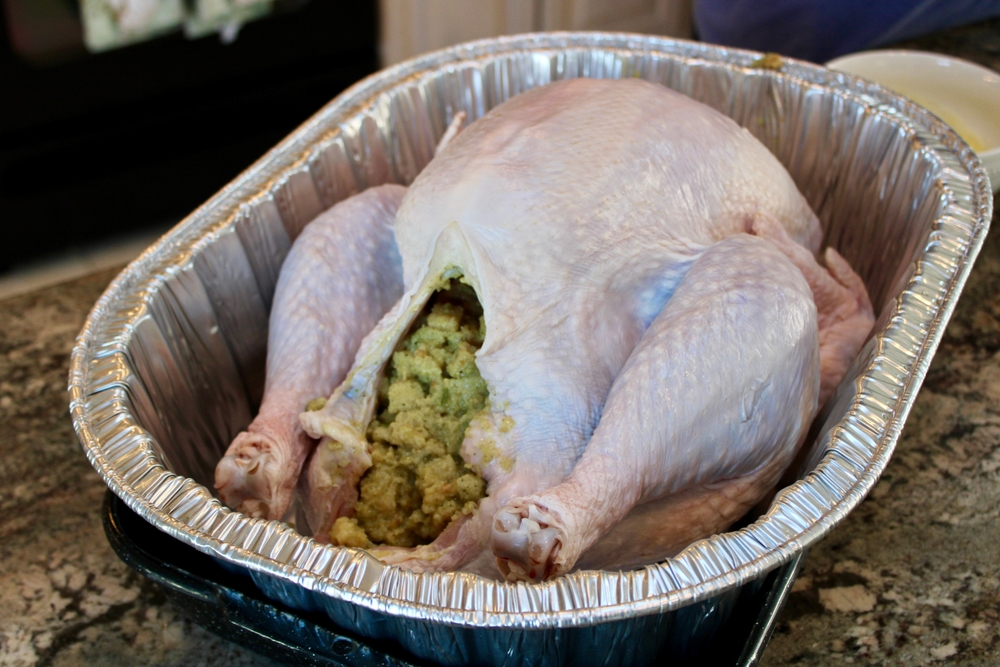
Overstuffing the turkey’s cavity can impede proper air circulation, leading to uneven cooking. Instead of traditional stuffing, consider filling the cavity with aromatics like herbs, citrus, and onions to enhance flavor without affecting cooking time. Cook the stuffing separately to ensure it reaches a safe temperature. This approach results in both a perfectly cooked turkey and flavorful stuffing.
This article originally appeared on RetailShout.
More From RetailShout
14 Healthiest Bread Options You Can Buy at the Store
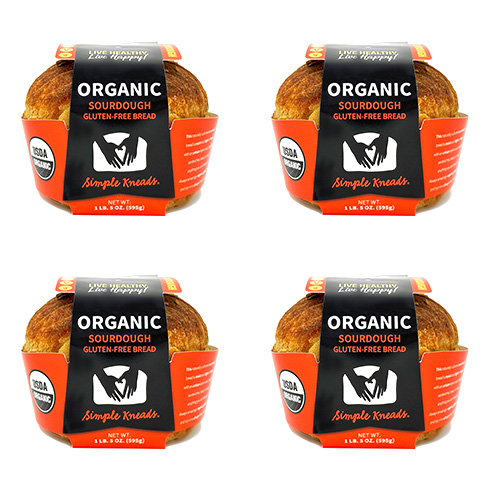
Choosing the healthiest bread can feel overwhelming when faced with so many options in the grocery store. With added sugars, preservatives, and artificial ingredients, it’s easy to pick up a loaf that might not be the best for your body. Read More.
Target’s 17 Best Holiday Decor Pieces to Shop in 2024

The holiday season is the perfect time to make your home feel warm, inviting, and festive, and Target has just the right decor to make that happen in 2024. From cozy touches to twinkling accents, you can find unique pieces that bring cheer into any space, big or small. Read More.
18 Whole Grains You Should Incorporate Into Your Meals
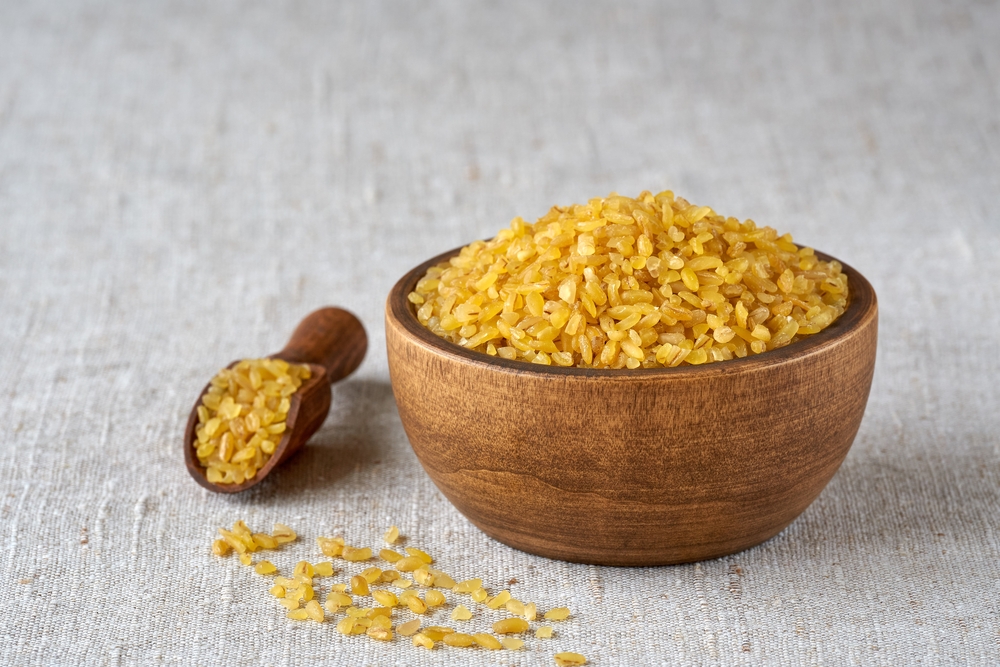
Adding more whole grains to your meals is one of the simplest ways to boost your health without overhauling your entire diet. These grains are packed with essential nutrients like fiber, protein, and vitamins that keep your body running smoothly. Read More.



